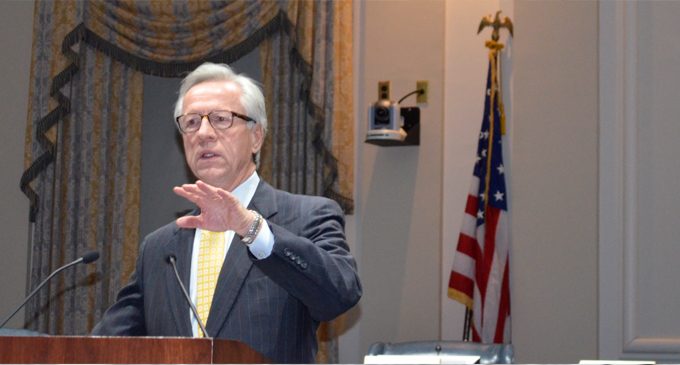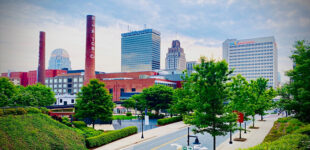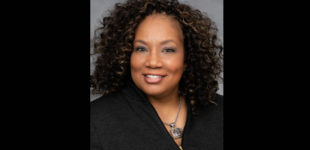Commentary: The State of Our City
Mayor Allen Joines

By Allen Joines
It’s an understatement to say that this has been a difficult two years for everyone in Winston-Salem.
More than 92,000 city and county residents caught COVID-19 and almost 800 died. Families endured lost or reduced wages. Parents had to juggle jobs and at-home schooling. Restaurants, businesses and entertainment and tourism venues suffered – and some went under. And city government lost $20 million due to plummeting receipts from the sales tax, occupancy tax, parking fees and other sources of revenue.
I noted all this in my recent State of the City address. But I also noted how our community and city government rose to the challenges brought on by the pandemic. Together we raised $4.4 million to help displaced workers and businesses, we devised a workable application and distribution system from scratch for federal money that kept people in their homes, and we found a way to balance our city budgets without a tax increase.
Beyond COVID, I am encouraged by positive developments in other areas.
DOWNTOWN. Twenty years ago we started a concerted effort to revitalize downtown with such initiatives as the Fourth Street make-over, the Nissen Building conversion and the Restaurant Row program. Since 2000, more than $2.1 billion has been invested in downtown. Multiple large apartment projects have been completed and five more projects are underway.
Two projects under construction – the new Kaleideum museum and Merschel Park with its 30-foot high kinetic sculpture – will inject even more energy into downtown.
THE ECONOMY. Our economy remains strong, despite perceptions in some quarters that we are lagging the other cities in the Triad. Case in point: Just before the pandemic hit, our metro area had the highest rate of net new job growth – 3.9 percent – of all metro areas in the Southeast. The latest number is 3.5 percent, which is higher than every other Southeast metro area except Savannah and Birmingham.
And we are tied with Charlotte and Austin, Texas, as the number one city in the country for the percentage of new business startups.
More evidence: In 2021 our construction permits exceeded $1 billion for the first time; our unemployment rate is below 4 precent; and we continue to attract new companies. The recent plant announcements from Boom and Toyota bode well, too. Economic developers tell us that many of their suppliers will want to be within 60 miles – but no closer than 30 miles – to the plants themselves. That puts us in the sweet spot. The Innovation Quarter continues to grow with another $200 million investment coming in the next two years.
TRANSPORTATION. The long-anticipated Northern Beltway is becoming a reality. By the end of the year, the eastern leg will be complete from U.S. 52 to Salem Parkway. The rest of the eastern leg will soon be under construction and all sections of the western leg have been funded.
CHALLENGES. Although much of what is happening in the city is positive, there are challenges we cannot ignore, most significantly in the areas of crime, housing and poverty.
Homicides and violent crime have been trending up here, as they have been throughout the nation. In response, Police Chief Catrina Thompson has initiated a number of programs, including the Violent Crimes Task Force and the Real Time Crime Center that uses cutting edge technology. Also, the city recently earmarked $1.3 million for social programs that prevent violence and gang activity.
Affordable housing is a pressing need for many, including police officers, teachers, firefighters, store clerks and others. At my recommendation, our city council has set a goal of creating 750 units of affordable housing per year for ten years and has identified $40 million to get started. But this will not be enough. Experts tell us we will need 15,000 new units over the next eight years. Before the pandemic hit, we had reduced our number of chronically homeless persons by 92 percent. But since then the number has crept back up.
Poverty is closely tied to the need for affordable housing. Currently one in five – 20 percent – of our residents are in poverty. That’s too high. But it is down from 26 percent several years ago. There are some long-range programs that will make a difference, including the free college program, paid internships for high school juniors and seniors, and a robust third grade reading initiative.
Taken as a whole, the state of Winston-Salem is positive. Yes, we face some significant challenges, but we have solid plans in place to overcome them. And we will.











